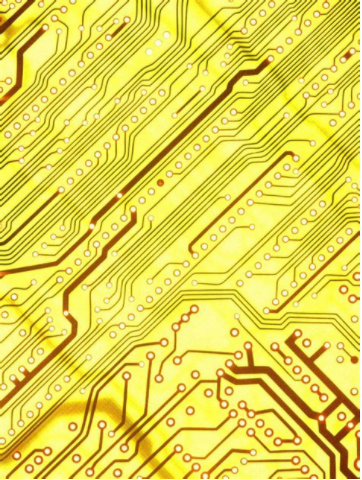The following is an introduction to the material quality inspection after SMT patch processing:
1. Tasks and methods of raw material quality inspection.
Main responsibilities: raw material quality appraisal, quality problem prevention, quality information feedback, quality arbitration.
Methods: sensory inspection, instrument inspection, experimental inspection.
Quality identification: Pass the test, inspect the raw materials according to the relevant quality requirements and specifications, or carry out the quality classification.
Quality problem prevention: Through quality inspection, ensure that unqualified raw materials are not put into use and prevent quality problems.
Quality information feedback: Refers to the feedback of the quality problems of raw materials to relevant departments or cooperative enterprises through quality inspection, to discover the reasons in time, and provide a basis for quality improvement.

Quality inspection: When raw material suppliers and recipients have disagreements or disputes on quality issues, scientific quality inspection and identification methods are adopted to find out the causes and responsibilities of quality issues.
2. SMT assembly materials include components, printed circuit boards, solder paste, flux, adhesives, cleaning agents and other assembly process materials.
3. The main inspection items of components: welding, wire coplanarity.
4. The solderability of components in SMT chip processing: mainly refers to the solderability of the soldering ends or pins.
Influencing factors: oxidation or contamination of the end face of the welded pipe or the surface of the welded pipe.
The solderability testing methods of parts include: dip tank method, solder ball method, wet weighing method, etc.
Fifth, the solder bath dip method.
Dip the sample into a flux to remove the excess flux, and take out the flux that is actually produced by leaching about 2 times the flux actually produced. Visual evaluation: the samples to be tested are all continuous solder covering the surface, or at least each solder coating Cover area reaches more than 95%.
Sixth, PCB soldering method.
Select the solder balls of appropriate specifications and heat the heating head to the specified temperature.
Place the sample coated with flux in the test position (lead or pin) so that it can be dipped into the solder ball vertically at a specified speed.
Record the time for the solder balls to soak and wrap the wires.
Taking the wire wetting time as the standard, the wire wetting time is about 1s, and the wire is unqualified if it exceeds 2s.
7. Wetting and weighing principle.
Hang the test piece sample on the balance bar of the sensitive scale, and immerse the tested SMT component sample into the constant temperature molten solder (tin furnace) to the specified depth; the vertical force of the buoyancy and surface tension acting on the immersed sample is measured and converted by the sensor It is a signal, and the power curve is recorded for a period of time from the characteristic curve; the power curve is compared with the ideal wetting and weighing curve (the performance and size of the test sample are fully wetted) to obtain the test result.